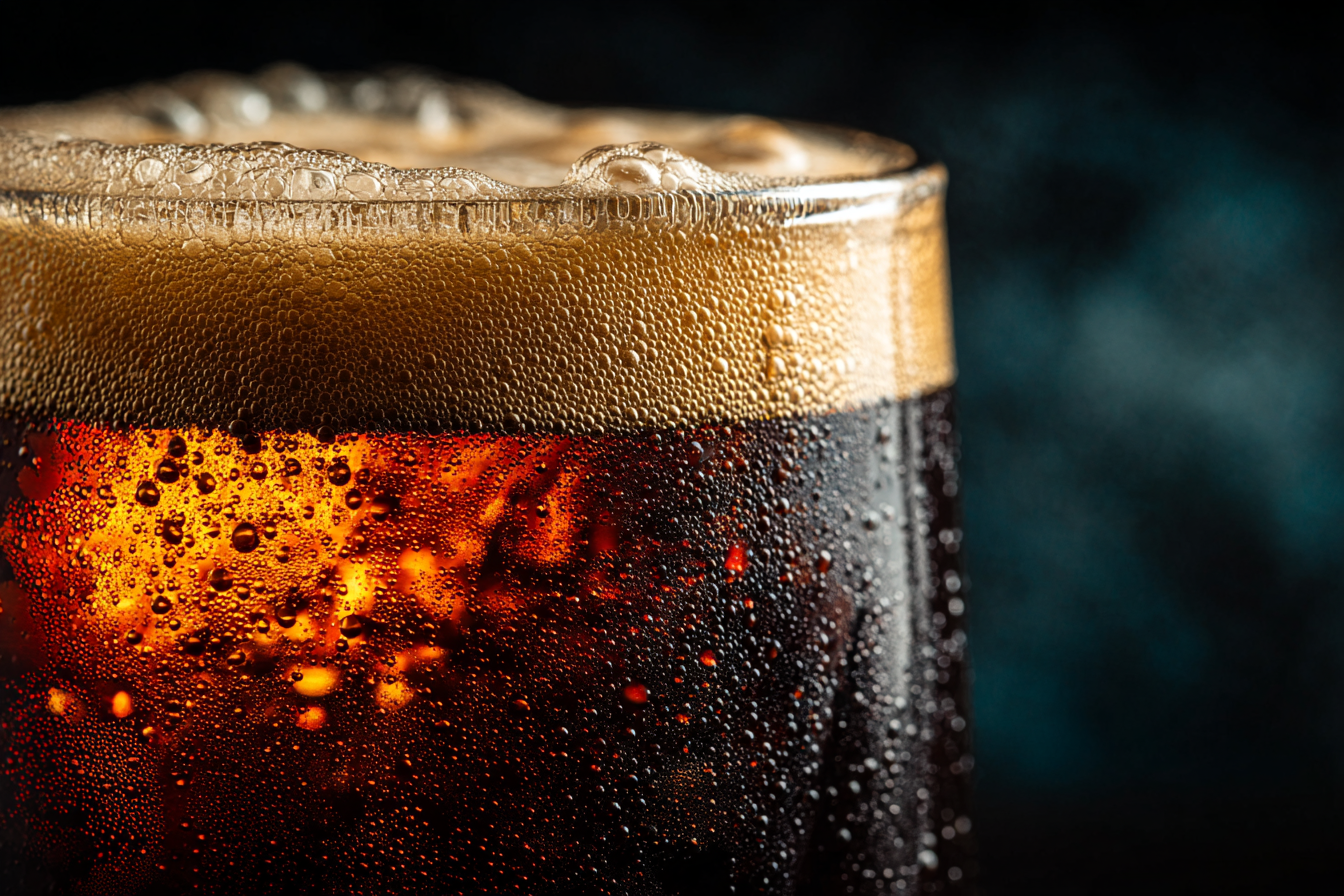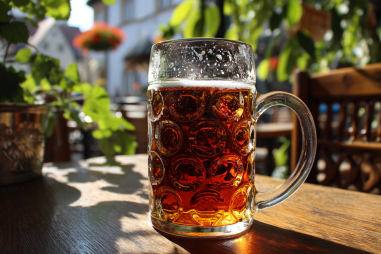American Brown Ale is a beloved beer style admired for its rich, malt-forward character balanced by a gratifying hop presence. For beer enthusiasts and novices alike, understanding the American Brown Ale flavor profile opens a door to appreciating its nuanced taste layers. This style is not just about sweetness or bitterness but a harmonious dance between multiple flavor components that create an enjoyable drinking experience. Whether you’re sipping a bottle at home or exploring varieties at a brewery, knowing what flavors to expect enhances every sip. Let’s delve into this captivating beer style to decode what makes American Brown Ale truly special.
Introduction to Flavor Components
At its core, the flavor of American Brown Ale is a blend of malt and hops, but these two elements contain a world of flavors in themselves. The malt provides sweetness, texture, and color, while the hops contribute bitterness, aroma, and balance. Layers such as roasted notes and subtle nuttiness also play critical supporting roles. By breaking down these components, you can start to identify the complexities in your glass and understand why this beer style appeals to so many.
Malt Sweetness and Caramel Notes
The malt backbone of American Brown Ale is where much of the flavor magic happens. Malted barley is kilned and roasted to produce a spectrum of caramel, toffee, and sometimes light chocolate flavors. These caramel notes add a smooth, sweet richness that often reminds drinkers of brown sugar or molasses. This malt sweetness doesn’t overwhelm but rather sets the stage for a balanced taste. It’s usually medium-bodied, providing a moderately full texture that feels comforting and satisfying.
In many American Brown Ales, the caramel malt character also contributes a warm amber to brown hue, visually inviting the drinker to anticipate its depth. Beyond sweetness, the malt can deliver subtle biscuity and toasted bread elements that lend complexity. These malt flavors are essential because they soften the bite of the hops and create the overall rounded character typical of the style.
Hop Bitterness and Aroma
While American Brown Ales are malt-forward, they wouldn’t be American without the influence of hops. Hops contribute a noticeable but balanced bitterness that counters the malt sweetness and prevents the beer from feeling cloying. This bitterness typically ranges from mild to moderate, making the beer approachable to various palates.
In terms of aroma, American Brown Ales often exhibit floral, piney, or citrus notes thanks to the American hop varieties commonly used. The aroma enriches the drinking experience and signals to the nose the complex interplay between hops and malt about to be enjoyed. This combination of bitterness and aromatic hops lifts the style beyond a simple sweet ale, lending brightness and freshness to its profile.
Subtle Roasted and Nutty Undertones
One of the hallmarks of American Brown Ale is the subtle roasted quality that adds a touch of depth and complexity without overpowering the flavor. This comes from darker malts or just slightly roasted malts that introduce mild coffee, chocolate, or scorched bread nuances. Unlike stouts or porters, the roasted character in brown ales is gentle — it enhances rather than dominates.
Alongside the roasted notes, you’ll often find a delightful nuttiness that can range from hazelnut to almond-like flavors. This nuttiness complements the malt sweetness and roasted qualities, creating a layered flavor profile that invites slow sipping and appreciation. These undertones are a defining feature that differentiates brown ales from other amber or red ales.
Aftertaste and Drinkability
The aftertaste of an American Brown Ale typically reflects the balance of malt and hops encountered during the initial sip. The finish often leaves behind a pleasant, slightly sweet caramel or toasty note, sometimes with a faint lingering bitterness from the hops. Because the bitterness is never too sharp, the aftertaste is smooth and inviting.
One reason American Brown Ales are so popular is their drinkability. They offer enough flavor complexity to be interesting but maintain a moderate alcohol level and smooth mouthfeel that makes them easy to enjoy across multiple pints. This balance makes them popular choices for both casual drinkers and those seeking a more flavorful craft beer option.
How Flavor Varies Among Brewers
While American Brown Ale has recognizable flavor characteristics, brewers impart their own unique twists, leading to variations across different brands and breweries. Some might emphasize malt sweetness and leave the hop bitterness more restrained, resulting in a smoother, sweeter version. Others might push the hop envelope, highlighting piney or citrus hop notes to create a more vibrant bitterness.
The choice of malt varieties, hop types, yeast strains, and even water chemistry can influence the final flavor dramatically. Regional preferences may also play a role — West Coast breweries, for example, tend to have a hoppier take, whereas East Coast versions might lean more towards malt richness. These nuances make tasting multiple examples of American Brown Ale an exciting journey to discover which interpretation suits your palate best.
Tips for Tasting and Evaluating
To truly appreciate the flavor profile of American Brown Ale, it helps to taste it mindfully. Here are some tips to help you evaluate the beer like a pro:
- Look: Observe the color and clarity. American Brown Ales typically range from deep amber to dark brown, often with a reddish tint.
- Smell: Bring the glass to your nose and inhale deeply. Try to pick out caramel, toffee, roasted, nutty, and hop notes.
- Taste: Take a moderate sip and let it coat your palate. Identify the malt sweetness, hop bitterness, roasted undertones, and any subtle nuttiness.
- Feel: Notice the mouthfeel — is it medium-bodied and smooth? Does it have a creamy texture or a crisper finish?
- Aftertaste: Focus on the finish. What flavors linger? Is there a balanced bitterness or residual sweetness?
Try to compare different brews side by side to detect how subtle variations in ingredients and brewing techniques influence the overall flavor. Taking notes can sharpen your palate over time and broaden your appreciation of this nuanced style.
Exploring the American Brown Ale flavor profile reveals how this style elegantly balances malt richness with hops, roasted notes, and nuttiness to create a versatile and enjoyable beer. Whether you prefer your beers sweeter, hoppier, or more robust with roasted undertones, the American Brown Ale offers a delicious middle ground that satisfies a variety of tastes. Next time you raise a glass of this classic craft brew, savor the intricate flavors and take pride in understanding what makes it so rewarding.







